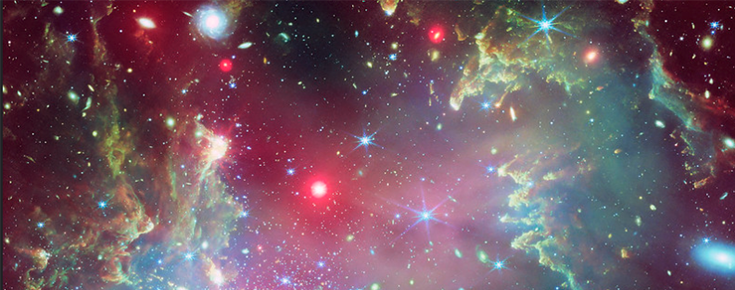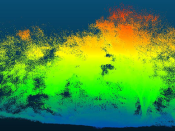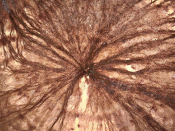
Missões da NASA detetam “coroa de flores” cósmica que mostra o círculo estelar da vida
Por Federica Loiacono (INAF OAS Bologna, Italy).
The James Webb Space Telescope has discovered a population of high-redshift, low-luminosity, and X-ray weak active galactic nuclei (AGNs) that eluded previous surveys. The nature of these sources is currently baffling. A vast fraction of these objects is part of the so-called “little red dots” (LRDs), unveiled from NIRCam imaging and slitless spectroscopy (Matthee+24). Compared to low-redshift AGNs, LRDs have absorption features in the broad line region and a distinctive v-shaped spectral energy distribution, with both that may be explained by a dense interstellar medium (Inayoshi&Maiolino25). However, other studies interpreted the same features due to a highly dense, dust-free gas around a supermassive black hole (i.e., a “black hole star”, Naidu+25). A deep investigation of the dense interstellar medium of LRDs is thus crucial to unveil their elusive nature. Besides, not all LRDs show AGN features (Greene+24). Moreover, other studies suggest a rapid decline of LRDs below z~4.5 (Kocevski+25). To date, only a few (< 5) spectroscopically confirmed LRDs are known at cosmic noon (z~2-3). A census of them is necessary to estimate the contribution of these sources to the entire AGN population. Here, we report the discovery of a bright LRD at z = 2.33, which was spotted in NIRCam images. This is one of the rare confirmed LRDs at cosmic noon. Similarly to other LRDs, this source shows no X-ray and radio emission. The observed NirCam/Wfss spectrum shows the emission from He I λ10830 and Pa γ line, both displaying a narrow and a broad component. The He I line is affected by an absorption, tracing dense gas (n ~10^{14} cm^{-2}), which is outflowing (v ~ -830 km/s). The black hole mass, inferred from the Pa γ broad component, amounts to 10^8 Msun. We estimate a first lower limit to the space density of LRDs at cosmic noon. This is only a factor 2-3 lower than that of UV-selected quasars with comparable bolometric luminosity, meaning that the contribution of LRDs to the broader AGN population is also relevant at cosmic noon.


















